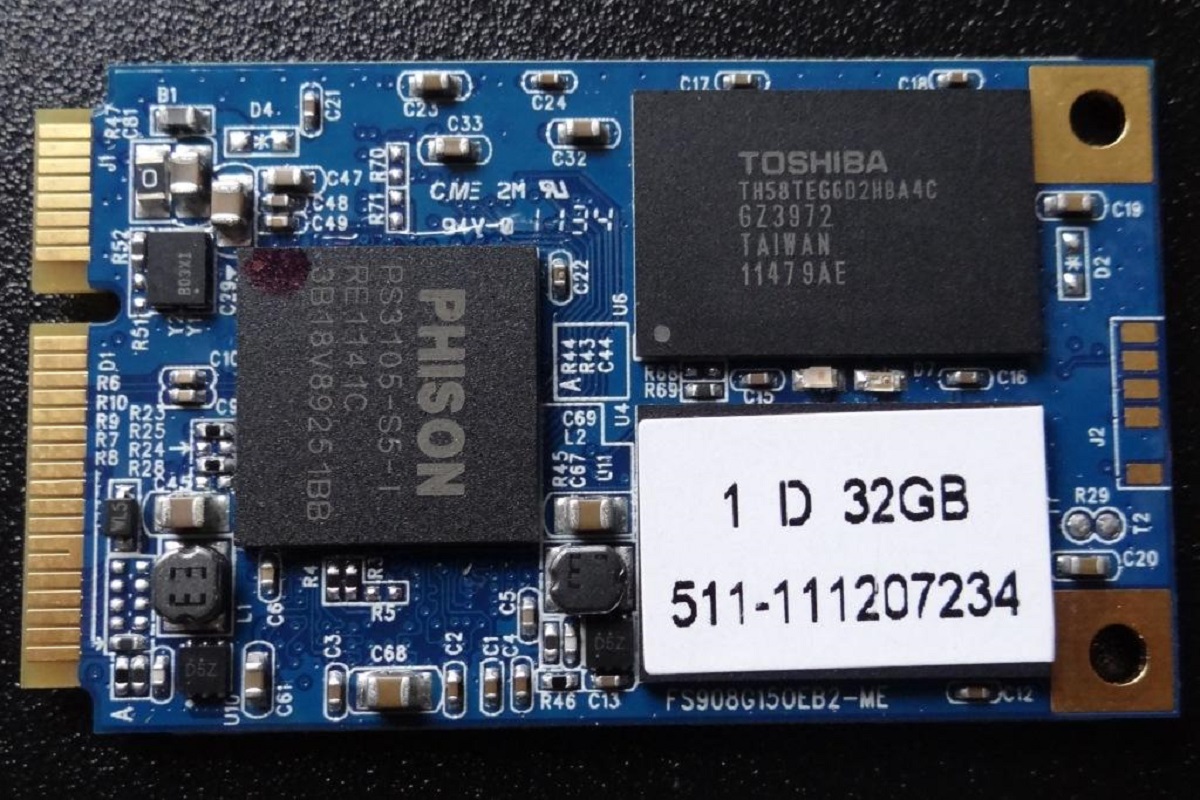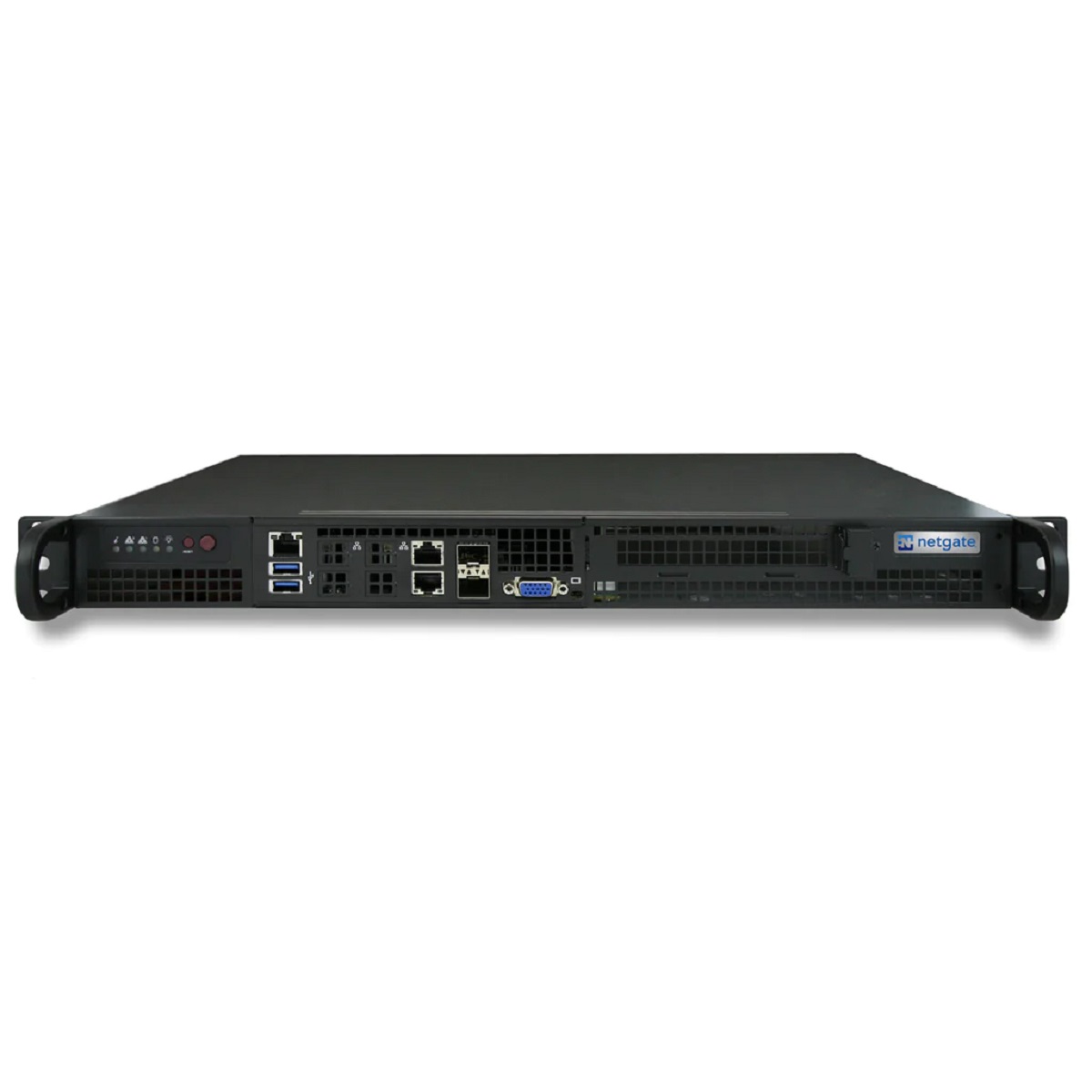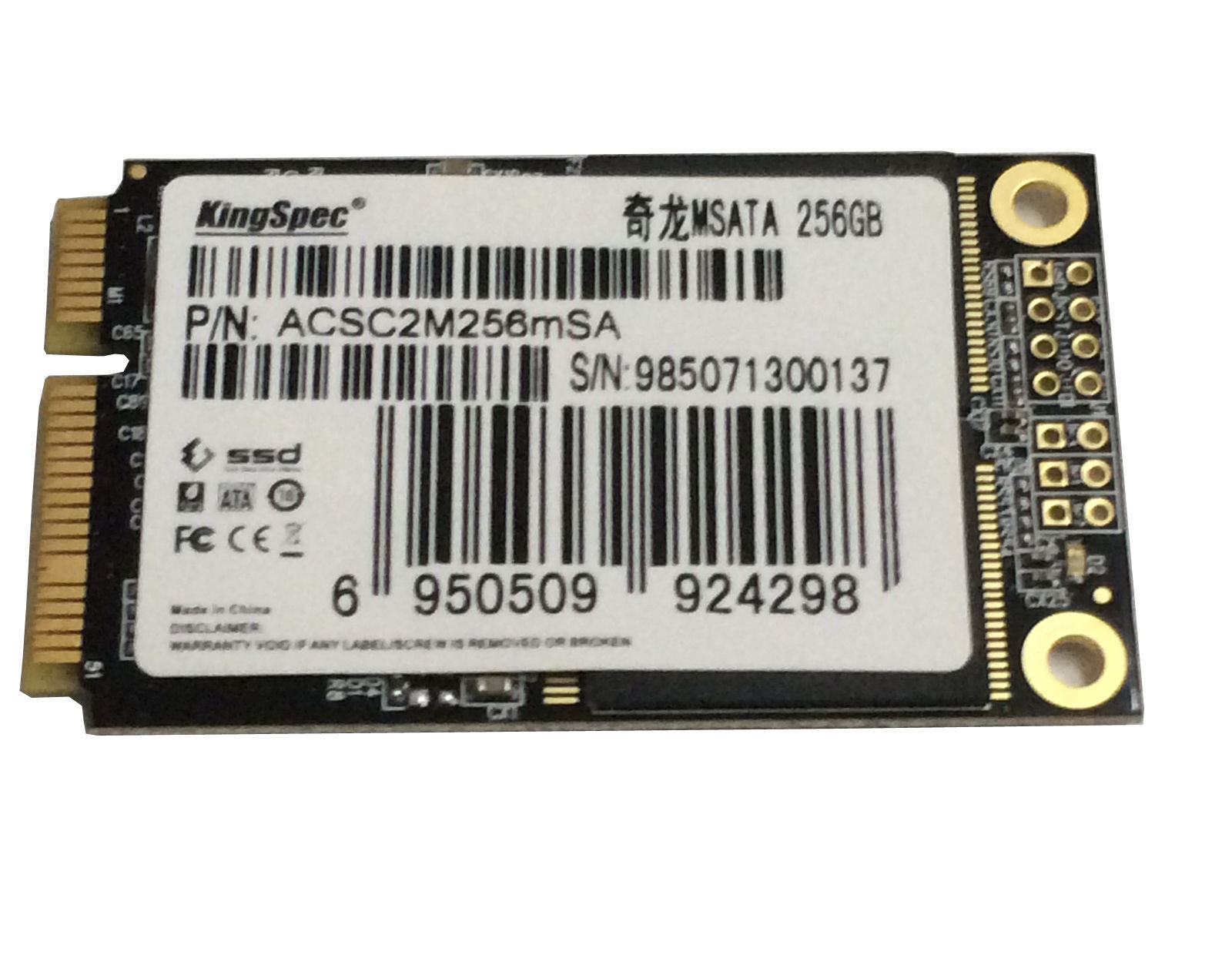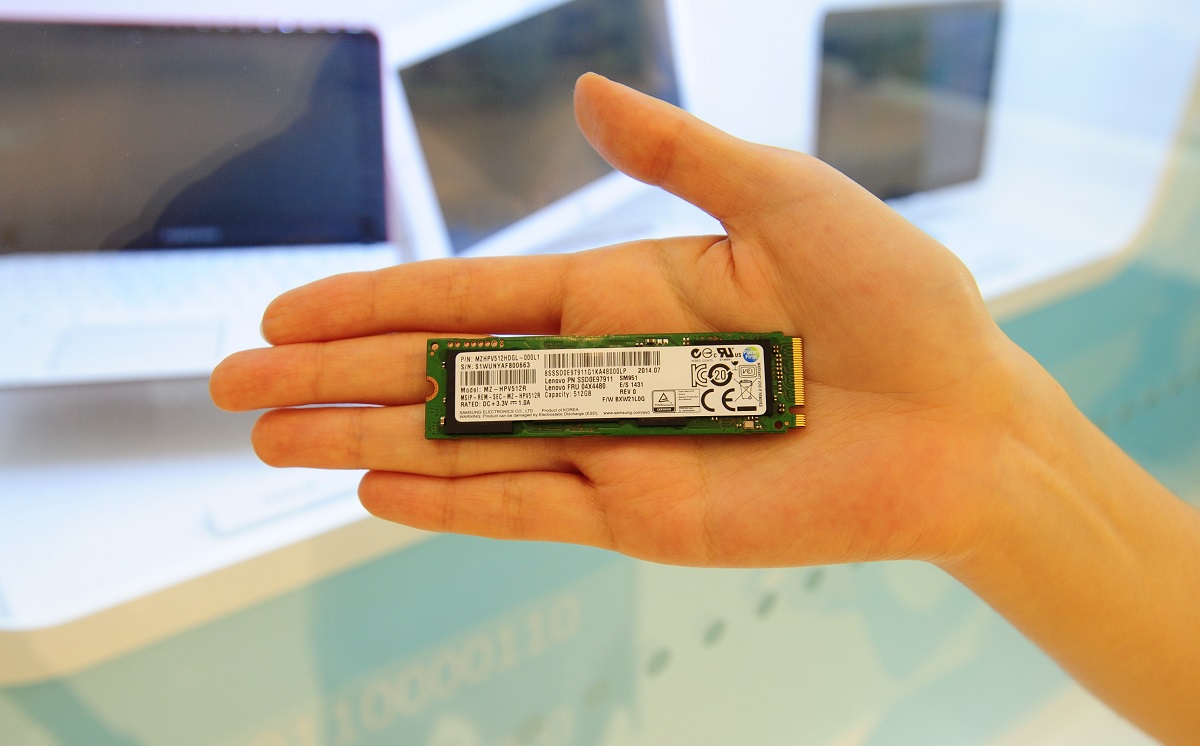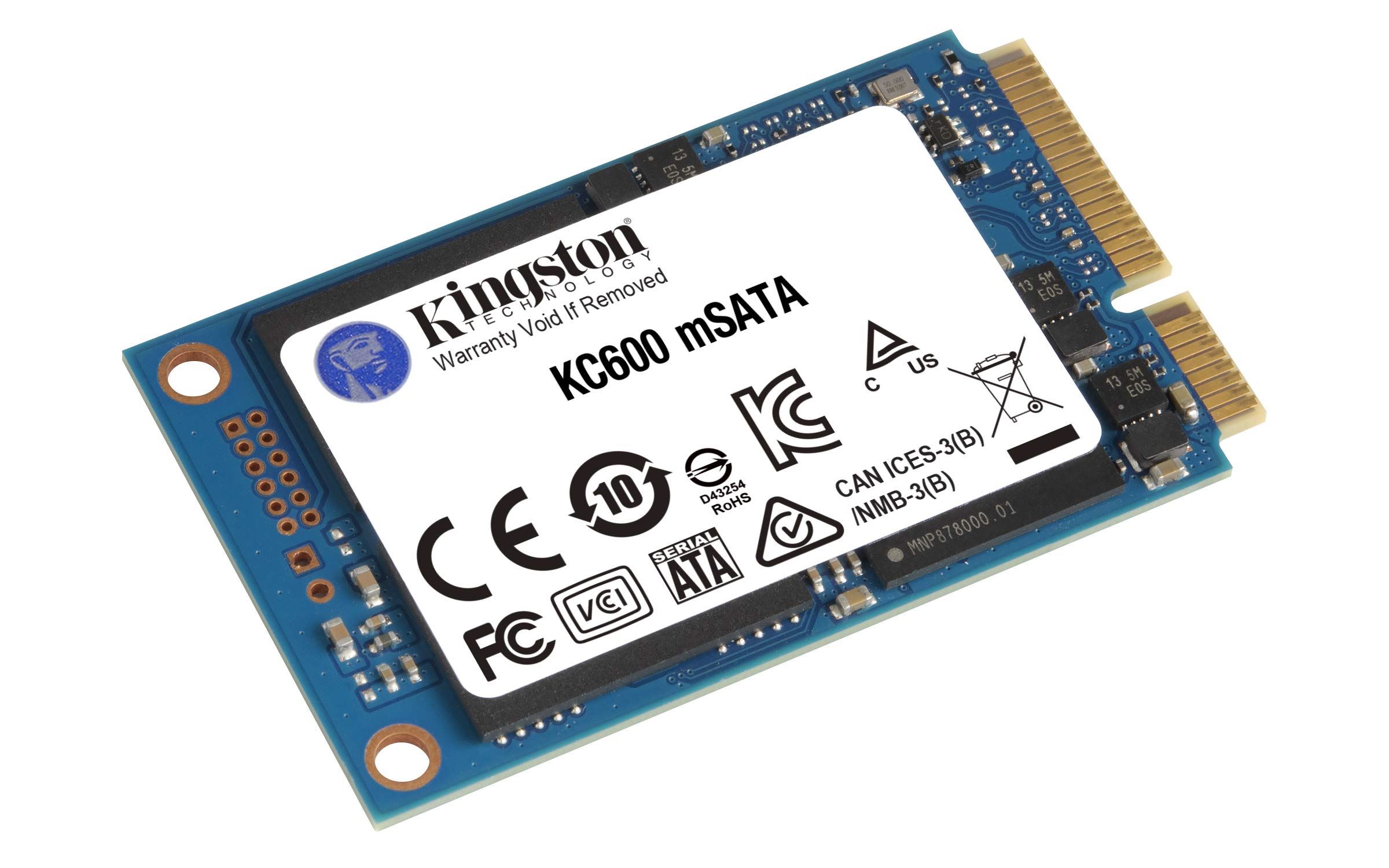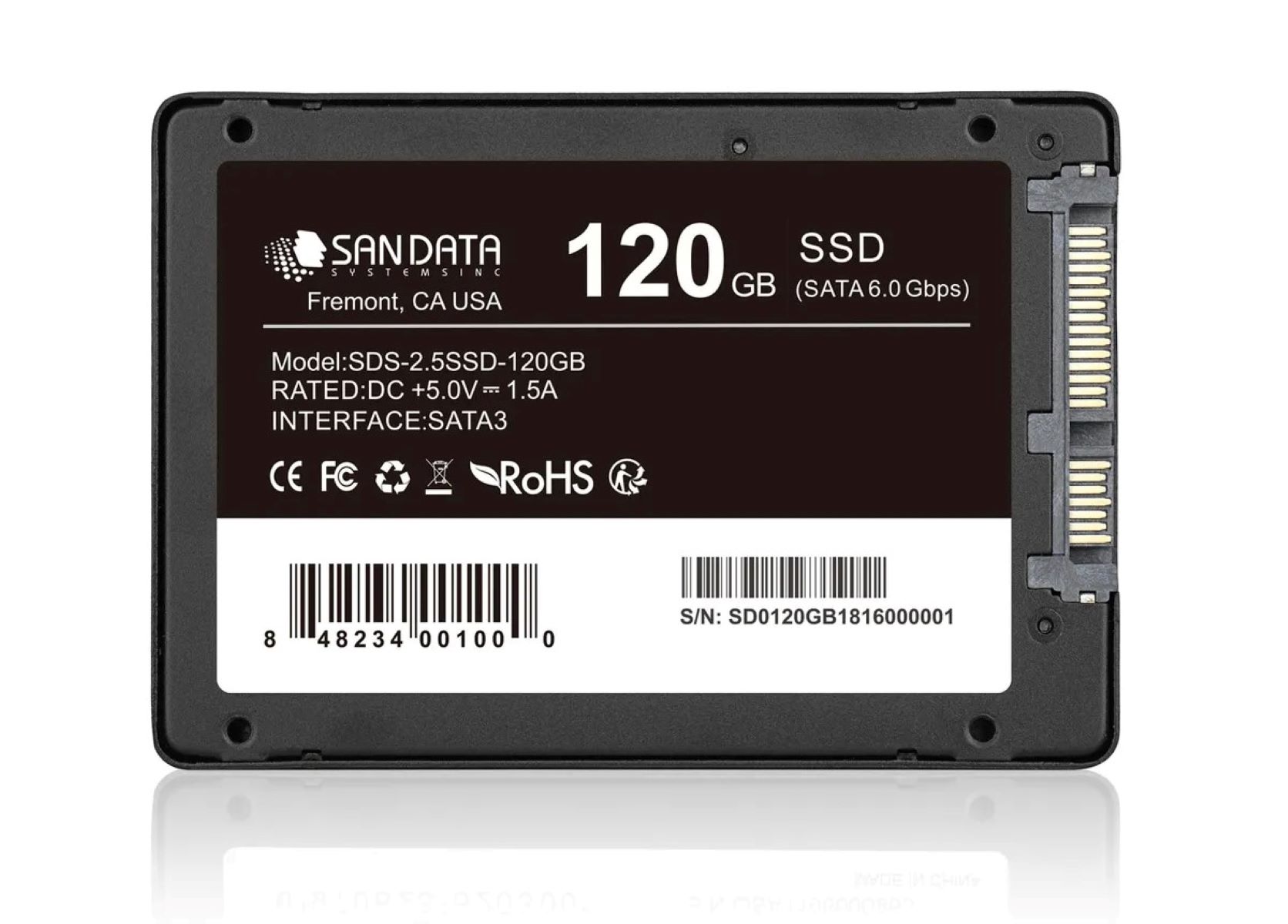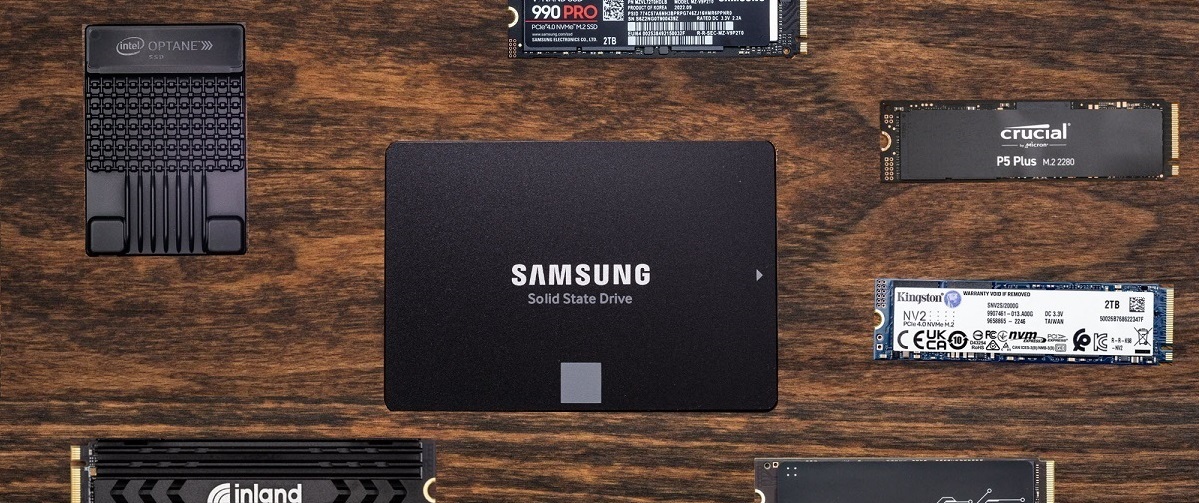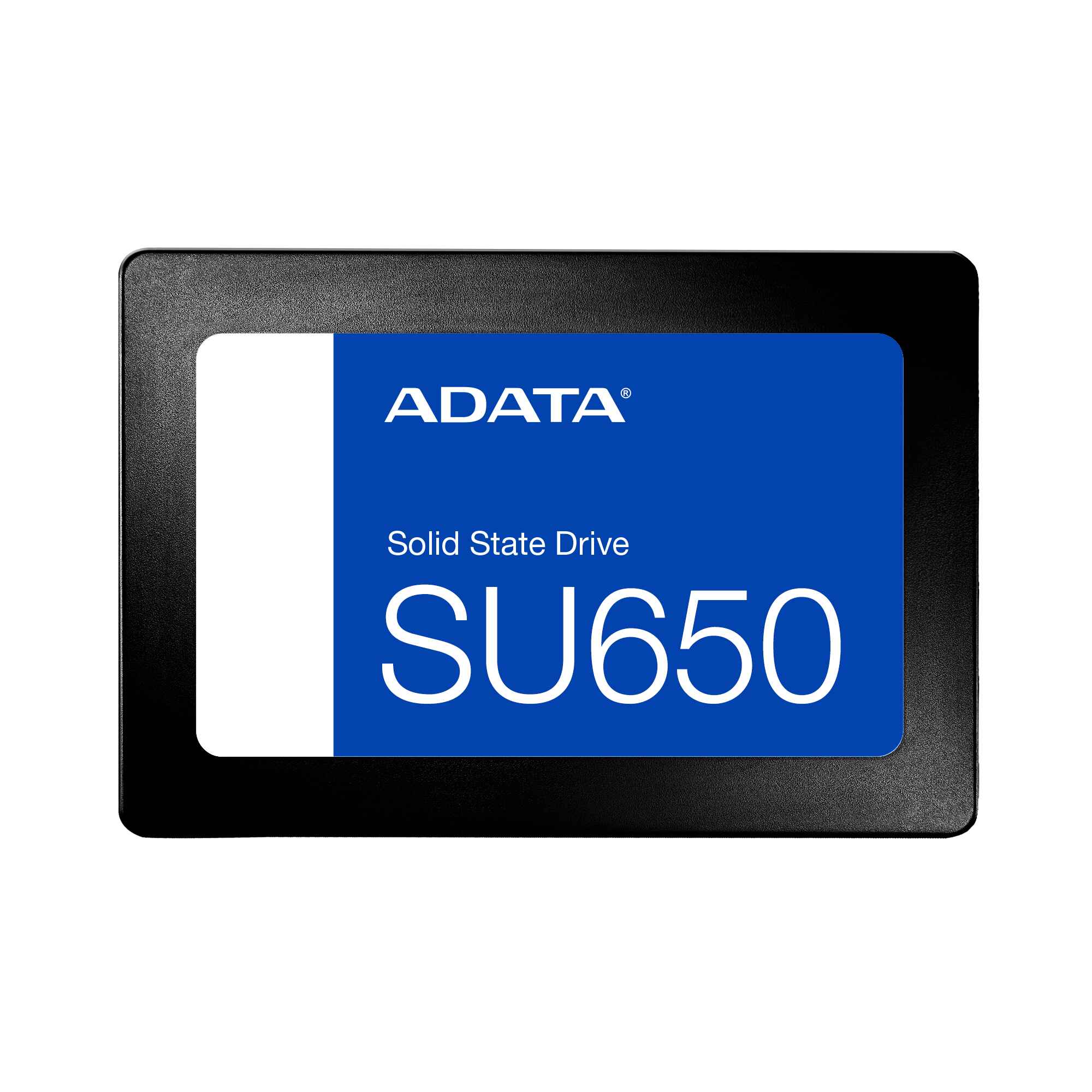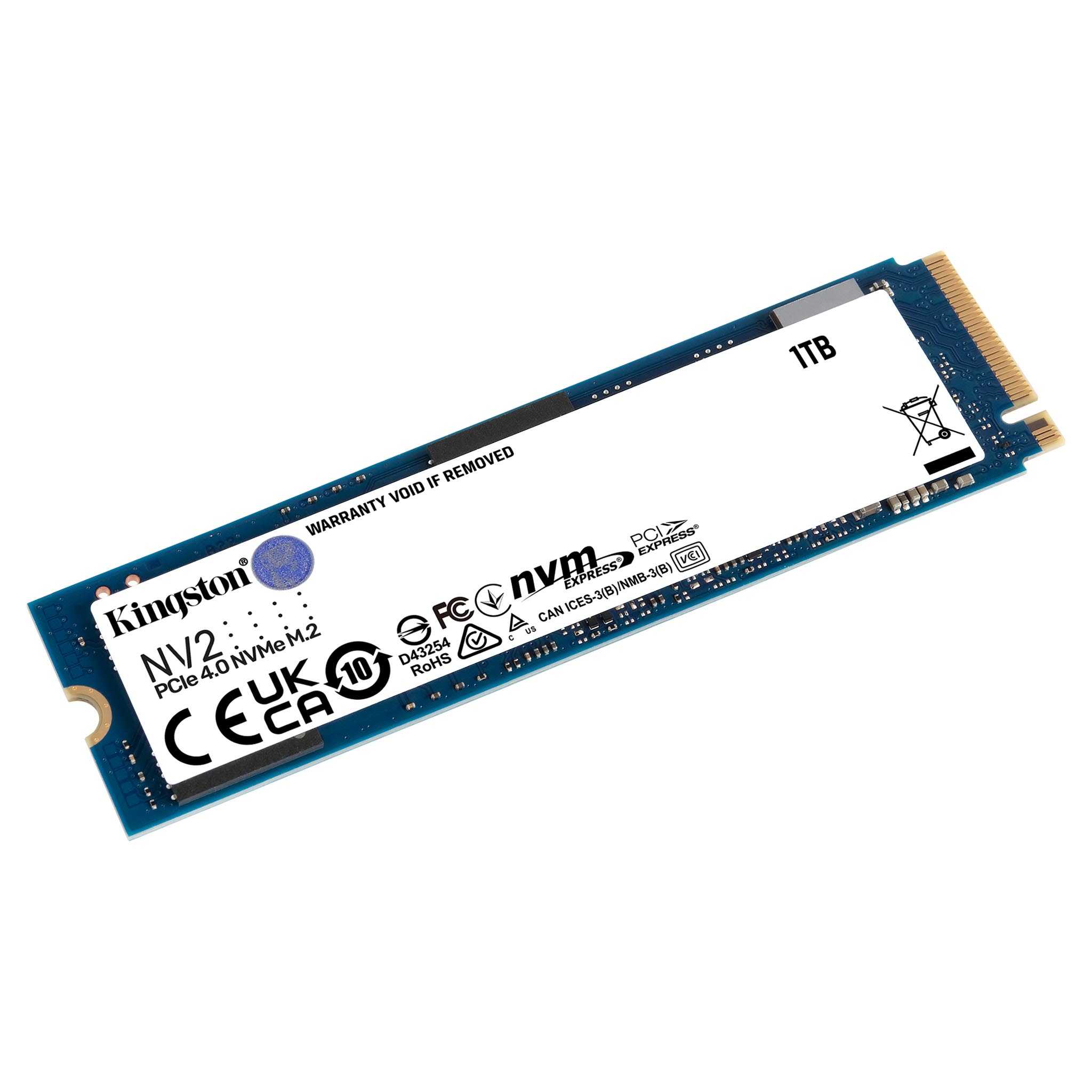Introduction
Welcome to the world of mSATA caching SSDs! If you’ve ever found yourself frustrated with slow boot times or sluggish performance on your computer, you’ve come to the right place. In this article, we’ll explore the ins and outs of 32GB mSATA caching SSDs, their benefits, and how they can revolutionize your computing experience.
First things first, let’s understand what an mSATA SSD is. mSATA, which stands for mini Serial Advanced Technology Attachment, is a smaller form factor of the traditional SSD (Solid State Drive). It is compact, yet powerful, and is commonly used as a secondary storage solution in laptops and desktop computers.
Now, let’s delve into the concept of caching SSDs. Put simply, a caching SSD works in conjunction with your existing storage drive to improve performance. It acts as a cache, storing frequently accessed files and data for quicker retrieval. By utilizing the high-speed capabilities of an SSD, it accelerates the overall system performance, resulting in faster boot times, reduced load times for applications, and smoother multitasking.
So, what are the benefits of using a caching SSD? Well, the first and most obvious advantage is speed. By caching frequently used data, the SSD eliminates the need for the computer to access the primary storage drive every time, significantly reducing read and write times. This leads to a noticeable improvement in system responsiveness and overall user experience.
In addition to speed, caching SSDs also help extend the lifespan of your primary storage drive. By offloading the frequently accessed data to the caching SSD, the workload on the primary drive is reduced, minimizing wear and tear and ultimately prolonging its longevity.
Now that we have a basic understanding of caching SSDs, let’s focus specifically on the 32GB mSATA caching SSD. At 32GB, it may seem relatively small compared to the larger capacity SSDs available on the market. However, its purpose is not to serve as primary storage but rather as a cache to enhance performance.
With the groundwork laid, it’s time to explore how exactly the 32GB mSATA caching SSD works. Stay tuned to find out the intricacies of its functionality, the advantages it offers, and whether it’s the right choice for your specific needs.
What is an mSATA SSD?
An mSATA SSD, short for mini Serial Advanced Technology Attachment Solid State Drive, is a compact storage device that offers high-performance and reliability. It is designed to fit into the mSATA slot commonly found in laptops, netbooks, and some desktop computers. As a smaller form factor of the traditional SSD, it boasts impressive speed and capacity capabilities.
The primary advantage of an mSATA SSD is its compact size. Measuring only about a third of a standard SSD in length, it allows for greater flexibility in device design. Laptop manufacturers, in particular, benefit from the compact size as it enables slimmer and lighter devices without sacrificing storage capacity.
Despite its small size, an mSATA SSD still delivers exceptional performance. It utilizes flash memory, similar to traditional SSDs, but in a smaller package. This enables faster data transfer speeds, shorter boot times, and rapid application loading. Whether you’re a gamer looking for minimal loading times or a professional needing quick access to resource-intensive applications, an mSATA SSD can significantly enhance your computing experience.
Another advantage of mSATA SSDs is their power efficiency. Compared to traditional hard disk drives (HDDs), they consume less power, resulting in increased battery life for laptops and other portable devices. This is particularly advantageous for users who rely heavily on their devices while on the go, as they can enjoy extended usage without the need for frequent recharging.
Furthermore, mSATA SSDs offer durability and reliability. Unlike traditional HDDs, they have no moving parts, making them resistant to shock, vibration, and physical wear. This makes them ideal for mobile devices that are constantly on the move or subjected to rough handling.
With the increasing demand for speed, performance, and reliability in modern computing, mSATA SSDs have gained popularity and become an indispensable component for many users. They provide a practical and efficient storage solution for a wide range of devices, offering faster access to data and improved overall system performance.
In summary, an mSATA SSD is a compact, high-performance storage device that fits into the mSATA slot of laptops and some desktop computers. With its small form factor, impressive speed, power efficiency, and durability, it is a popular choice for users who prioritize performance and reliability.
What is caching SSD?
Caching SSD, also known as a cache SSD, is a type of solid-state drive that is used in conjunction with a traditional hard drive or a primary storage device to improve overall system performance. It functions as a cache, temporarily storing frequently accessed data and files to provide faster access times and reduce latency.
The concept behind caching SSD is to utilize the speed and responsiveness of an SSD to complement the larger storage capacity of a primary drive, typically a hard disk drive (HDD). By caching frequently used data on the SSD, it eliminates the need to retrieve the data from the slower HDD every time it is requested. This results in faster read and write speeds, significantly reducing the time it takes for applications to load and improving the overall responsiveness of the system.
There are two main types of caching SSD configurations: write-through and write-back. In a write-through configuration, data is simultaneously written to both the caching SSD and the primary drive. This offers enhanced data protection as it ensures that data is not lost in case of a power failure. However, write-through caching may not provide the same level of performance improvement as write-back caching.
On the other hand, write-back caching involves temporarily storing data on the caching SSD and then synchronizing it with the primary drive at a later time. This approach offers a greater performance boost as it allows the system to take advantage of the faster write speeds of the caching SSD. However, there is a slight risk of data loss if a power failure occurs before the data is synchronized with the primary drive.
Overall, the use of caching SSDs can significantly improve system performance, especially in environments where there is a mix of frequently accessed and infrequently accessed data. The caching SSD acts as a bridge between the slower primary drive and the CPU, reducing access latency and providing faster read and write speeds for frequently used data.
In addition to speeding up data access, caching SSDs also help to extend the lifespan of the primary drive. By reducing the number of read and write operations performed on the HDD, the wear and tear on the drive are minimized, potentially prolonging its overall lifespan.
In summary, caching SSDs serve as a temporary storage solution, leveraging the speed of SSD technology to enhance the performance of traditional hard drives. By caching frequently accessed data, they provide faster read and write speeds, reducing latency and improving system responsiveness. With their ability to complement primary drives and extend their lifespan, caching SSDs are a popular choice for users seeking a cost-effective performance upgrade for their systems.
Benefits of using caching SSD
Using a caching SSD can bring a multitude of benefits to your computing experience. By leveraging the speed and responsiveness of solid-state drives, caching SSDs significantly enhance system performance and provide a seamless user experience. Let’s explore some of the key benefits of using caching SSDs:
1. Improved performance: One of the primary benefits of using a caching SSD is the noticeable improvement in system performance. By caching frequently accessed data, the SSD provides faster access times, reducing the time it takes for applications to load and boosting overall system responsiveness. This translates into a smoother and more efficient computing experience for users.
2. Faster boot and load times: With a caching SSD, you can say goodbye to long boot-up times and application loading delays. The SSD caches frequently used files and data, allowing for quick retrieval and reducing the reliance on slower storage drives. Whether you’re starting up your computer or launching resource-intensive applications, the increased speed provided by the caching SSD ensures a snappy and efficient experience.
3. Seamless multitasking: Caching SSDs excel at improving multitasking capabilities. With faster read and write speeds, switching between applications and working with multiple programs simultaneously becomes a breeze. Whether you’re editing videos, running virtual machines, or multitasking on various projects, the caching SSD ensures smooth transitions and minimizes lag.
4. Extended lifespan of primary storage drives: Another significant benefit of using a caching SSD is the extended lifespan it provides to your primary storage drive, typically a traditional hard disk drive (HDD). By offloading the frequently accessed data to the caching SSD, the workload on the primary drive is reduced, resulting in less wear and tear. This can potentially prolong the lifespan of the HDD and save you from the hassle and cost of replacing it.
5. Cost-effective solution: Caching SSDs offer a cost-effective way to achieve better performance without the need to invest in a large capacity SSD as the primary drive. By combining the advantages of both SSD speed and HDD capacity, caching SSDs provide a balance between performance and affordability, making it an attractive option for many users.
6. Easy installation and setup: Setting up a caching SSD is relatively straightforward. It typically involves installing the SSD in the appropriate slot, configuring the caching software or BIOS settings, and letting the system recognize and optimize the caching process. Many caching SSDs come with user-friendly software that guides you through the setup process, making it accessible for users with varying levels of technical expertise.
Overall, the benefits of using caching SSDs are clear – improved performance, faster boot times, seamless multitasking, extended lifespan of primary drives, cost-effectiveness, and easy installation. If you’re looking to boost your system’s performance without breaking the bank, a caching SSD is a smart investment that will revolutionize your computing experience.
Understanding 32GB mSATA caching SSD
The 32GB mSATA caching SSD is a specific type of mSATA SSD that is specifically designed to function as a cache to improve the performance of your computer system. It may seem small in terms of storage capacity compared to larger SSDs, but its purpose is not to serve as primary storage but rather as a cache to enhance overall system performance.
The 32GB capacity of the mSATA caching SSD is sufficient to store frequently accessed data and files, providing a significant boost in speed and responsiveness. This caching SSD works in conjunction with your existing storage drive, usually a traditional hard disk drive (HDD), to accelerate data retrieval and minimize bottlenecks.
By caching frequently used data on the 32GB mSATA SSD, the system can quickly retrieve the data from the high-speed SSD instead of relying on the slower HDD. This leads to faster access times, reduced latency, and smoother operations, especially for frequently accessed applications and files.
It’s important to note that the 32GB mSATA caching SSD does not replace your primary storage drive. Instead, it complements it and acts as a temporary storage solution for frequently accessed data. The caching SSD intelligently determines which data should be stored in its cache by analyzing usage patterns and prioritizing frequently accessed files, enhancing overall system performance.
When it comes to compatibility, the 32GB mSATA caching SSD is typically compatible with systems that have an available mSATA slot. It is important to check your computer’s specifications and ensure that it has the necessary slot for installing the mSATA caching SSD.
It’s worth mentioning that while the 32GB mSATA caching SSD provides a significant performance boost, it may not be suitable for users with high storage demands or those who require large amounts of data to be readily accessible. In such cases, larger capacity SSDs or a combination of a larger SSD and a traditional HDD may be more appropriate.
Overall, the 32GB mSATA caching SSD is a purpose-built solution designed to optimize system performance by caching frequently accessed data. It offers a cost-effective way to enhance speed and responsiveness without the need for a larger capacity SSD. If you’re looking for a performance boost for your system and have moderate storage needs, the 32GB mSATA caching SSD can be a valuable addition to your computer setup.
How does 32GB mSATA caching SSD work?
The 32GB mSATA caching SSD works by utilizing a technique known as data caching to improve the performance of your computer system. It functions as a bridge between the slower primary storage drive, typically a traditional hard disk drive (HDD), and the CPU, allowing for faster data retrieval and reduced latency.
When you install the 32GB mSATA caching SSD, it is recognized as a secondary storage device by your computer system. The caching software or BIOS settings then determine which data and files are regularly accessed and should be stored in the cache. These frequently accessed files are then copied from the primary storage drive to the 32GB mSATA SSD for faster retrieval.
As you continue to use your computer, the caching SSD intelligently analyzes your usage patterns and prioritizes the data that needs to be cached. This dynamic caching process ensures that the most frequently accessed files are readily available on the high-speed SSD, while less frequently accessed data remains on the primary storage drive.
When you access a file or open an application that is stored in the caching SSD, the system retrieves the data from the fast SSD instead of the slower primary drive. This significantly reduces the time it takes to load the file or launch the application, resulting in faster access times and improved overall system performance.
In a write-back caching configuration, any modifications made to the cached data are first stored on the caching SSD and then synchronized with the primary drive at a later time. This allows for faster write speeds and better performance when saving changes to files.
The 32GB capacity of the mSATA caching SSD may seem limited compared to larger SSDs, but it is specifically optimized to store frequently accessed data and files. As you continue to use your computer, the caching algorithm adaptively adjusts the cache to ensure that the most relevant data is stored in the limited capacity of the 32GB SSD.
It is essential to note that the caching process is automatic and transparent to the user. Once the caching SSD is properly set up, the system manages the caching process in the background, requiring no additional user intervention.
Overall, the 32GB mSATA caching SSD improves system performance by storing frequently accessed data on a high-speed SSD, reducing access times, and minimizing latency. It works seamlessly with the primary storage drive, enhancing your computing experience without the need for extensive manual configuration.
Advantages of using 32GB mSATA caching SSD
Using a 32GB mSATA caching SSD can bring several advantages to your computer system, offering a significant boost in performance and improving overall user experience. Let’s explore the advantages of using a 32GB mSATA caching SSD:
1. Enhanced system performance: The primary advantage of using a 32GB mSATA caching SSD is the noticeable improvement in system performance. By caching frequently accessed data on the high-speed SSD, the system can retrieve that data much faster compared to relying solely on a traditional storage drive. This leads to faster boot times, reduced application loading times, and improved overall responsiveness.
2. Cost-effective performance boost: The 32GB mSATA caching SSD provides a cost-effective solution to enhance system performance without the need for a larger capacity SSD as the primary drive. It allows users to enjoy the benefits of SSD speed and responsiveness for frequently accessed data, while still benefiting from the higher storage capacity and more affordable cost of a traditional hard drive.
3. Easy installation and compatibility: Installing a 32GB mSATA caching SSD is relatively easy and straightforward. It requires an available mSATA slot on your computer’s motherboard, which is commonly found in laptops and certain desktop systems. The installation process typically involves slotting the caching SSD into the mSATA slot and configuring the caching software or BIOS settings.
4. Extended primary drive lifespan: Another advantage of using a 32GB mSATA caching SSD is that it can help extend the lifespan of your primary storage drive. By caching frequently accessed data on the SSD, the workload on the primary drive is reduced, resulting in fewer read/write operations. This helps minimize wear and tear on the primary drive, potentially prolonging its overall lifespan.
5. Improved multitasking capabilities: With the caching SSD accelerating data retrieval, the system can handle multitasking more efficiently. Whether you’re running multiple applications simultaneously, switching between tasks, or working with resource-intensive programs, the faster read and write speeds provided by the caching SSD ensure smoother multitasking operations.
6. Seamless and transparent operation: Once the 32GB mSATA caching SSD is properly configured, it operates seamlessly and transparently in the background. The caching algorithm automatically determines which frequently accessed files to cache, requiring no additional user intervention or management. This allows users to enjoy the benefits of improved performance without the hassle of manual caching.
Overall, the advantages of using a 32GB mSATA caching SSD are clear. It offers enhanced system performance, cost-effective performance improvement, ease of installation, extended primary drive lifespan, improved multitasking capabilities, and seamless operation. If you’re looking to optimize the speed and responsiveness of your computer system without compromising on storage capacity, the 32GB mSATA caching SSD can be a valuable addition.
Disadvantages of 32GB mSATA caching SSD
While a 32GB mSATA caching SSD offers numerous advantages, it is important to consider its limitations and potential drawbacks before incorporating it into your computer system. Let’s explore some of the disadvantages of using a 32GB mSATA caching SSD:
1. Limited storage capacity: The primary disadvantage of a 32GB mSATA caching SSD is its limited storage capacity. While it is sufficient for caching frequently accessed data, it may not be suitable for users with high storage demands or those who require quick access to large files. If you have a significant amount of data that needs to be readily accessible, a larger capacity SSD or a combination of SSD and HDD may be more appropriate.
2. Potential for data loss: In a write-back caching configuration, there is a slight risk of data loss in the event of a power failure before the data is synchronized with the primary drive. While caching SSDs typically have power-loss protection mechanisms, it is important to keep in mind that data loss can still occur in certain situations. Regular backups and an uninterruptible power supply (UPS) can help mitigate this risk.
3. Dependency on caching algorithms: The effectiveness of a caching SSD heavily relies on the caching algorithms it employs. While modern caching algorithms are generally well-designed, there may be cases where the algorithms inaccurately predict or prioritize frequently accessed data. This can lead to suboptimal caching performance and potentially reduce the overall performance gains of the caching SSD.
4. Compatibility limitations: The use of a 32GB mSATA caching SSD is limited to systems that have an available mSATA slot on the motherboard. Therefore, it is essential to check your computer’s specifications before considering a caching SSD. If your system does not have an mSATA slot, alternative caching solutions or upgrading to a different storage configuration may be necessary.
5. Inability to cache large files: Due to the limited capacity of a 32GB mSATA caching SSD, it may struggle to effectively cache large files. This can impact the caching performance and reduce the overall improvement in system performance for tasks that involve frequently accessing large files. Users with specific requirements for caching large files may need to consider alternative caching solutions or invest in larger capacity SSDs.
6. Performance limitation for niche use cases: While a 32GB mSATA caching SSD provides significant performance improvements for most everyday computing tasks, it may not be able to meet the demands of highly specialized and resource-intensive applications. Niche use cases, such as video editing, gaming with massive game libraries, or working with large datasets, typically benefit from larger capacity SSDs or dedicated high-performance storage solutions.
It’s important to weigh these disadvantages against the advantages and your specific needs before deciding on the suitability of a 32GB mSATA caching SSD for your computer system. Considering factors such as storage requirements, performance expectations, and budget will help you make an informed decision.
Is 32GB mSATA caching SSD right for you?
Choosing the right storage solution for your computer system depends on your specific needs and requirements. While a 32GB mSATA caching SSD offers notable performance improvements, it may not be the ideal choice for everyone. Let’s evaluate if a 32GB mSATA caching SSD is right for you:
1. Storage needs: Consider the amount of data you frequently access and whether 32GB of cache storage will be sufficient for your requirements. If you work with large files or have a significant amount of data that needs to be readily accessible, a larger capacity SSD or a combination of SSD and HDD may be more suitable.
2. Performance expectations: Assess your performance expectations and whether the improvements provided by a caching SSD align with your requirements. If you value faster boot times, reduced application loading times, and improved system responsiveness, a 32GB mSATA caching SSD can greatly enhance your computing experience.
3. Budget considerations: Determine your budget constraints and how much you are willing to invest in improving your system’s performance. 32GB mSATA caching SSDs are generally cost-effective compared to larger capacity SSDs. If you are looking for a more affordable option to boost performance, a 32GB mSATA caching SSD can be a viable choice.
4. Compatibility: Evaluate the compatibility of your computer system. Ensure that your system has an available mSATA slot for installing the caching SSD. If your system does not have an mSATA slot, alternative caching solutions or storage configurations may be more suitable for your setup.
5. Specific use cases: Consider your specific use cases and whether they align with the benefits provided by a 32GB mSATA caching SSD. For everyday computing tasks, such as web browsing, document editing, and media consumption, a caching SSD can significantly enhance performance. However, if you are engaged in specialized tasks like video editing, gaming with large libraries, or working with extensive datasets, larger capacity SSDs or dedicated high-performance storage solutions might be more appropriate.
6. Future-proofing: Anticipate your future storage needs and whether a 32GB mSATA caching SSD will be able to accommodate them. If you expect your storage requirements to increase significantly over time, it may be more practical to invest in a larger capacity SSD as your primary drive, rather than relying on caching alone.
Ultimately, the decision of whether a 32GB mSATA caching SSD is right for you depends on a careful consideration of your storage needs, performance expectations, budget, compatibility, and specific use cases. Assessing these factors will help you determine if a 32GB mSATA caching SSD aligns with your requirements and provides the desired performance improvement for your computer system.
How to install and set up 32GB mSATA caching SSD
Installing and setting up a 32GB mSATA caching SSD is a relatively straightforward process. Follow these general steps to install and configure the caching SSD with your computer system:
1. Check compatibility: Before purchasing a 32GB mSATA caching SSD, ensure that your computer system has an available mSATA slot. Consult your computer’s user manual or search online for specifications to confirm compatibility.
2. Gather necessary tools: You will need a small screwdriver, typically a Phillips-head or miniature screwdriver, to open the case of your computer or access the mSATA slot. Make sure you have the appropriate tools handy before proceeding.
3. Power off and unplug your computer: Turn off your computer and unplug it from the power source to prevent any potential electrical mishaps or damage during the installation process.
4. Locate the mSATA slot: Open your computer case or access the designated area to locate the mSATA slot. The precise location of the slot will depend on your computer’s make and model, so consult your user manual or search online for specific instructions.
5. Insert the 32GB mSATA caching SSD: Carefully insert the 32GB mSATA caching SSD into the mSATA slot at a slight angle. Gently push it down until it is securely in place. Take care not to apply excessive force to avoid damaging the SSD or the slot.
6. Secure the SSD: If applicable, use the screws provided with the SSD or the screws from the original mounting bracket to secure the caching SSD in place. Tighten the screws just enough to secure the SSD without overtightening, as this could damage the SSD or the slot.
7. Close the computer case: Once the caching SSD is securely installed, close the computer case and fasten any screws or latches to secure it in place.
8. Configure the caching software: Depending on the specific caching SSD and software, you may need to install the provided caching software or access the BIOS settings to configure the caching functionality. Consult the user manual or manufacturer’s website for instructions on how to configure the caching software or access the necessary BIOS settings.
9. Follow the software setup instructions: Install the caching software on your computer and follow the on-screen instructions to configure the caching settings. The software will typically guide you through the process, allowing you to select which data should be cached and determining the caching algorithms used.
10. Allow the caching software to optimize: Once the software setup is complete, allow the caching software to optimize the caching configuration. This may involve analyzing your usage patterns and determining which data should be cached on the 32GB mSATA SSD. This process may take some time, so be patient and let it run its course.
11. Verify caching functionality: After setup and optimization are complete, ensure that the caching functionality is working as intended. Test the system’s boot time, application loading speed, and overall performance to confirm the improvement provided by the 32GB mSATA caching SSD.
Remember to consult the specific instructions provided by the manufacturer in the user manual or on their website for detailed and accurate installation and setup guidance.
With these steps, you should be able to successfully install and set up your 32GB mSATA caching SSD, unleashing the performance benefits it offers and enhancing your overall computing experience.
Conclusion
In conclusion, a 32GB mSATA caching SSD can be a valuable addition to your computer system, providing a significant performance boost and enhancing the overall user experience. By caching frequently accessed data, the caching SSD allows for faster access times, reduced latency, and improved system responsiveness.
Throughout this article, we have explored the various aspects of a 32GB mSATA caching SSD, including its definition, benefits, functionality, advantages, and potential drawbacks. It is important to weigh these factors against your specific needs, storage requirements, performance expectations, and budget constraints when considering whether a 32GB mSATA caching SSD is the right choice for you.
While a 32GB mSATA caching SSD offers advantages such as improved performance, cost-effectiveness, easy installation, and extended primary drive lifespan, it does have limitations in terms of storage capacity and compatibility. It may not be suitable for users with high storage demands or niche use cases that require larger capacity SSDs or dedicated storage solutions.
However, for everyday computing tasks, a 32GB mSATA caching SSD can provide a noticeable performance improvement without breaking the bank. It offers a valuable balance between SSD speed and HDD capacity, making it an attractive option for users seeking a cost-effective solution to enhance system performance.
Remember, before proceeding with the installation and setup of a 32GB mSATA caching SSD, it is crucial to ascertain compatibility with your system and follow the manufacturer’s instructions provided in the user manual or on their website.
In conclusion, a well-considered decision based on your specific needs, requirements, and budget will help you determine whether a 32GB mSATA caching SSD is the right choice to elevate the performance of your computer system and provide a seamless, faster, and more efficient computing experience.







